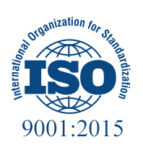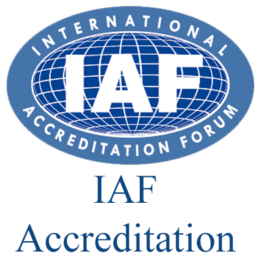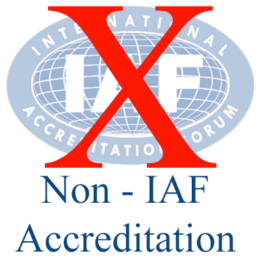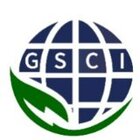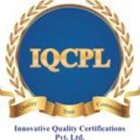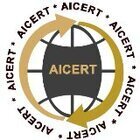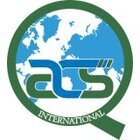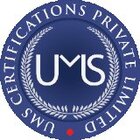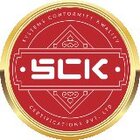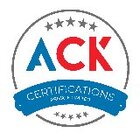BRIEF ON ISO 13485:2016
ISO 13485:2016 is an internationally recognized Quality Management System (QMS) standard specifically designed for medical device manufacturers and related industries. It ensures that organizations consistently meet regulatory and customer requirements for the design, development, production, and servicing of medical devices. The standard emphasizes risk management, product safety, regulatory compliance, and process control, helping businesses enhance quality and patient safety.
CLAUSES OF ISO 13485:2016
The standard follows a structure similar to ISO 9001 but is tailored to the medical device industry, with Clauses 4 to 10 being the key requirements:
Clause 1: Scope – Defines the purpose and applicability of the standard.
Clause 2: Normative References – Lists supporting standards referenced in ISO 13485.
Clause 3: Terms and Definitions – Provides key terms used in the standard.
Clause 4: Quality Management System – Outlines documentation, process control, and risk management requirements.
Clause 5: Management Responsibility – Emphasizes leadership commitment to quality and regulatory compliance.
Clause 6: Resource Management – Covers personnel, infrastructure, and work environment requirements.Clause 7: Product Realization – Includes design, development, production, and service-related processes.
Clause 8: Measurement, Analysis, and Improvement – Focuses on monitoring, audits, nonconformities, and corrective actions.
Would you like this content formatted for a brochure, website, or training materials?
